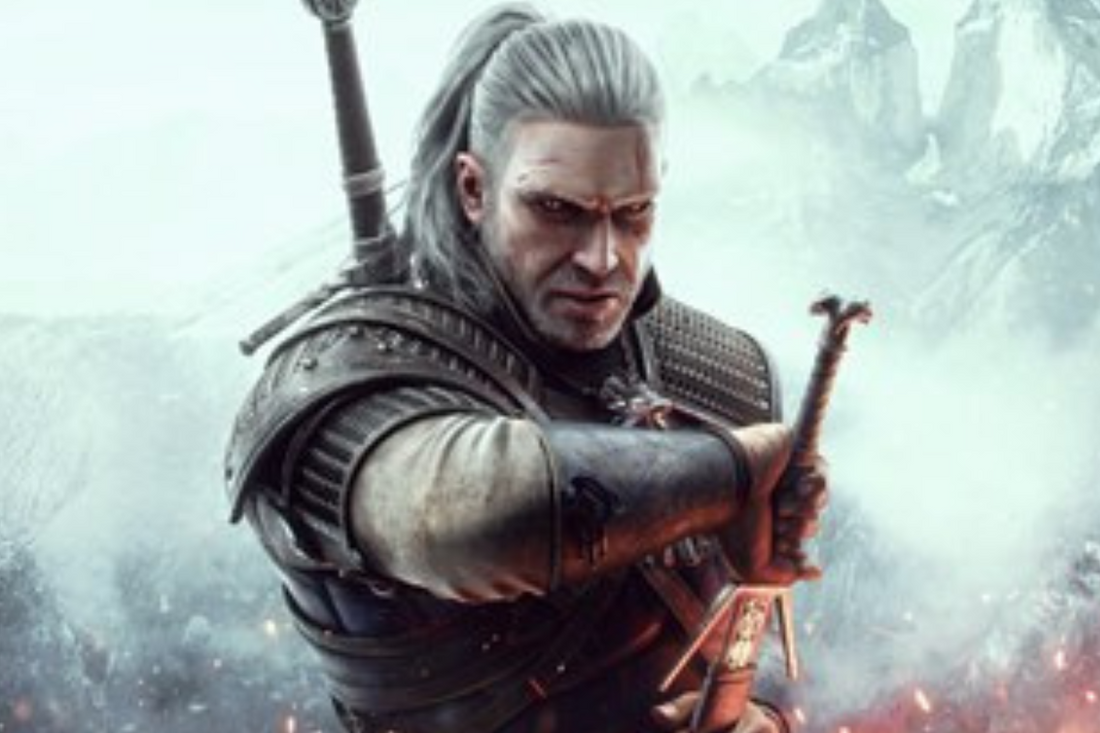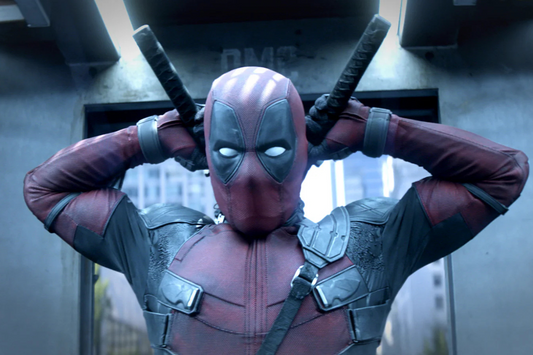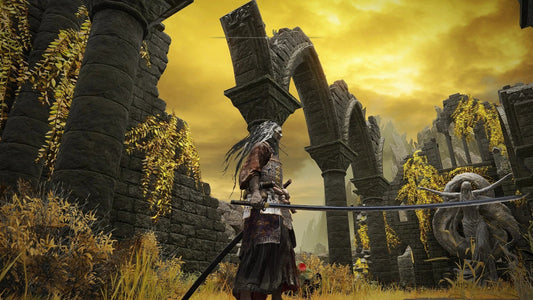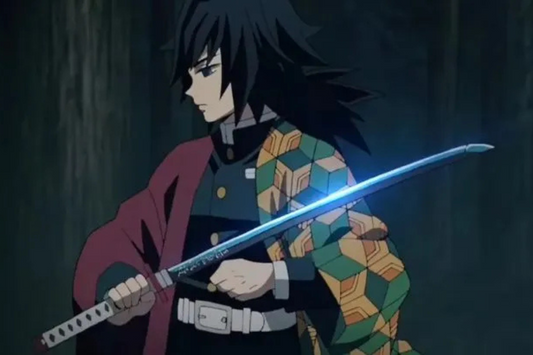
The Lore Behind the Witcher Sword: Steel, Silver, and Destiny
In the dark and monster-infested world of The Witcher, swords are more than just tools of battle—they are lifelines, symbols of identity, and extensions of a Witcher’s soul. At the heart of this legendary saga lies the iconic Witcher sword. Whether forged in steel or silver, each blade is a physical testament to the harsh trials, deadly contracts, and supernatural threats that Witchers face daily. Geralt of Rivia’s twin swords have become some of the most recognized weapons in fantasy lore, not just for their aesthetics, but for the deep symbolism and world-building they represent. This is the complete lore behind the Witcher sword and why it's become synonymous with both death and destiny.
The Dual Sword System: Steel for Men, Silver for Monsters
One of the most famous aspects of the Witcher sword lore is the tradition of carrying two blades: one made of steel, the other of silver. This dual sword system is essential to every Witcher’s survival. While the steel sword is used for cutting down human foes and common beasts, the silver sword is specifically enchanted and forged to deal with magical creatures, undead, and curses.
Silver is traditionally considered a bane to monsters, especially those imbued with magic or cursed origin. Vampires, wraiths, necrophages, and cursed beings are all vulnerable to silver. Steel, on the other hand, lacks that supernatural potency but is more durable and effective against humans, bandits, wolves, and mundane threats. Each sword plays its role, and without either, a Witcher wouldn’t last long in the world Andrzej Sapkowski created.
The Making of a Witcher Sword
Witcher swords are not ordinary weapons. Forged using ancient techniques and often infused with magical enhancements, these blades are designed to withstand extreme punishment while retaining their edge and enchantments. Every sword is custom-made for its Witcher, often by experienced blacksmiths with access to rare materials.
Silver swords are often not made of pure silver, as the metal is too soft. Instead, they are crafted from a silver alloy or simply plated with silver, maintaining effectiveness against monsters while ensuring durability. The steel swords are forged from high-quality meteorite iron or specially treated steel, ensuring they can parry blows, cleave through armor, and last across decades of contracts.
Some Witchers enhance their weapons even further by inscribing runes on the blade or embedding glyphs that boost their effects—such as igniting enemies, increasing critical hit chance, or repelling monsters with magical force.
A Symbol of the Witcher Order
More than just a weapon, the Witcher sword is a badge of honor, a symbol of initiation, and a reminder of a hard-won identity. Upon the completion of the infamous Trial of the Grasses—a deadly ritual that grants Witchers their enhanced reflexes and senses—each initiate is gifted their first pair of swords. These weapons mark the beginning of their path as monster slayers for hire.
The sword is also a symbol of solitude. While knights carry banners and kings wield scepters, the Witcher carries his swords. They speak for him when words fail. In a world that often hates and fears Witchers, their swords are the only constant companion on their lonesome path through swamps, ruins, and war-torn kingdoms.
Geralt of Rivia’s Swords: A Closer Look
No discussion of the Witcher sword is complete without spotlighting the White Wolf himself: Geralt of Rivia. In The Witcher series—both in the games and the Netflix show—Geralt’s swords are iconic.
His steel sword is usually sheathed on his back, sometimes alongside the silver blade or kept separately depending on the adaptation. These swords are more than gear—they are part of Geralt’s character. Inscribed with runes or phrases, each sword Geralt uses reflects the stage of his journey and his personal development.
In The Witcher 3: Wild Hunt, players can acquire dozens of unique swords—some legendary, some cursed—each with their own lore, stats, and visual design. Swords like Aerondight, the relic from The Lady of the Lake, or the Wild Hunt blades, all contribute to the expanding mythos of the Witcher sword.
Swords with Stories: Legendary Blades in Witcher Lore
Several swords in the Witcher universe have attained legendary status. One of the most notable is Aerondight, a silver sword said to grow stronger the more its wielder proves themselves worthy. First introduced in The Witcher games and tied to the Lady of the Lake, it is the closest thing to Excalibur in this gritty universe. Aerondight represents moral judgment and personal valor—qualities not often celebrated in the grim world Geralt inhabits.
Other named swords include:
-
Gwestog, a blade from the School of the Bear.
-
Tor Zireael, which while more known as a moniker for Ciri, has been engraved onto blades in fan interpretations.
-
Zireael, the name of Ciri’s weapon in some accounts, linking her to the elder blood prophecy and interdimensional travel.
These legendary swords serve not just as powerful items, but as narrative devices that carry the weight of history and destiny.
The Sword and Magic: Synergy in Combat
Witchers aren’t sorcerers, but they do wield a unique kind of combat magic called Signs. When combined with swordplay, Signs like Igni (fire), Aard (telekinetic blast), or Quen (protective shield) enhance the battlefield effectiveness of the Witcher. Many swords are built to complement this hybrid fighting style, amplifying sign intensity or restoring stamina.
This fusion of steel and spell sets Witchers apart from ordinary swordsmen. They are tacticians, alchemists, and killers all in one. A Witcher with a sword is never just swinging blindly—they’re dancing between life and death, calculating weaknesses, and exploiting monster vulnerabilities with every slash and thrust.
Swordplay and Combat Style
Witchers train from childhood in a fluid, acrobatic, and efficient form of sword combat. Their fighting style is designed not just for war but for survival against unpredictable enemies. The blade becomes an extension of their body, striking with precision rather than brute force. Parrying, sidestepping, and exploiting openings are core principles of Witcher swordsmanship.
This is why Geralt’s swordplay often appears more dance-like than brutish. Against humans, he’s quick and calculated. Against monsters, he becomes a blur of steel and instinct. This mastery of blade technique is only possible due to the decades of grueling training at the Witcher schools, such as Kaer Morhen, where young boys are shaped into supernatural hunters.
The Cultural Impact of the Witcher Sword
Few fantasy weapons have achieved the level of cultural recognition that the Witcher sword has. From books to video games to live-action adaptations, the image of Geralt with his dual swords has become iconic. The crossed blades on his back, the slow unsheathing before a fight, and the silent acknowledgment of their purpose—all contribute to the mythos of the Witcher.
Cosplayers, fans, and blacksmiths have recreated Witcher swords with painstaking detail, and the popularity of these weapons has even spilled over into real-world martial arts, where people practice sword techniques inspired by Geralt’s movements.
The Witcher sword is more than fantasy gear—it’s an emblem of the struggle between man and monster, choice and fate, destiny and defiance.
Conclusion
The Witcher sword is a perfect representation of the Witcher's life—sharp, adaptable, dual in purpose, and forged through hardship. Steel for the living, silver for the damned, and both for those who walk the path between them. Whether wielded by Geralt of Rivia, Vesemir, or Ciri, these blades carry more than killing power. They carry stories, choices, and the weight of worlds.
From their mythic origins to their practical applications in battle, the Witcher swords are integral to both the lore and identity of the monster slayers who carry them. They’re not just weapons. They’re the last line of defense between the world and the darkness that lurks in its shadows.




